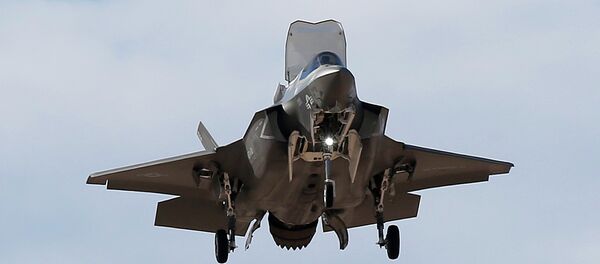If the US Armed Forces plans to keep its ICBM (Intercontinental Ballistic Missile) force it should find an appropriate basing mode for it, American writer and filmmaker Steve Weintz explained.
"By 1964, ICBMs made up the bulk of the US strategic force… To be credible, a first-strike weapon had to be invulnerable, otherwise the "use-it-or-lose-it" dilemma resurfaced. So began a decades-long quest for an invulnerable basing mode that ended with the fall of the enemy it was designed to defend against," the writer pointed out.
One of the concepts, dubbed Orca, proposed to encapsulate ICBMs and place them on the ocean floor. However, "as with orbital basing, treaties prevent the deployment of nukes on the ocean floor, and inspection would be detectable," Weintz remarked.
"Several basing ideas envisioned large carrier aircraft disgorging their ICBMs in flight. Launching an ICBM in mid-air sounds crazy, but it worked in tests… Even giant seaplanes and zeppelins were considered for the carrier role," the writer elaborated.
While air-basing options proved very costly, the Pentagon focused on land basing — a mode essential for the nuclear triad concept.
But that is not all: "the wackiest concepts" involved moving ICBMs "a lot" making them hard to target and destroy by the US' potential adversaries. So far, "several transporter-erector-launcher (TEL) designs looked to trundle ICBMs along highways and across open terrain," Weintz narrated.
Commenting on the Pentagon's vain attempts to find the most effective basing mode for the country's most advanced strategic weapons, Weintz paraphrased famous American writer Theodor Seuss Geisel, also known as Dr. Seuss: "Could they put it in a boat? Could they even make it float? Or maybe put it on a train, underground, away from rain."
While other countries developing their strategic ballistic weapons, ICBMs are struggling to keep their place in the US arsenal.
"If the USAF wants to keep its ICBM force, it must find a basing mode that works," Weintz stressed.





